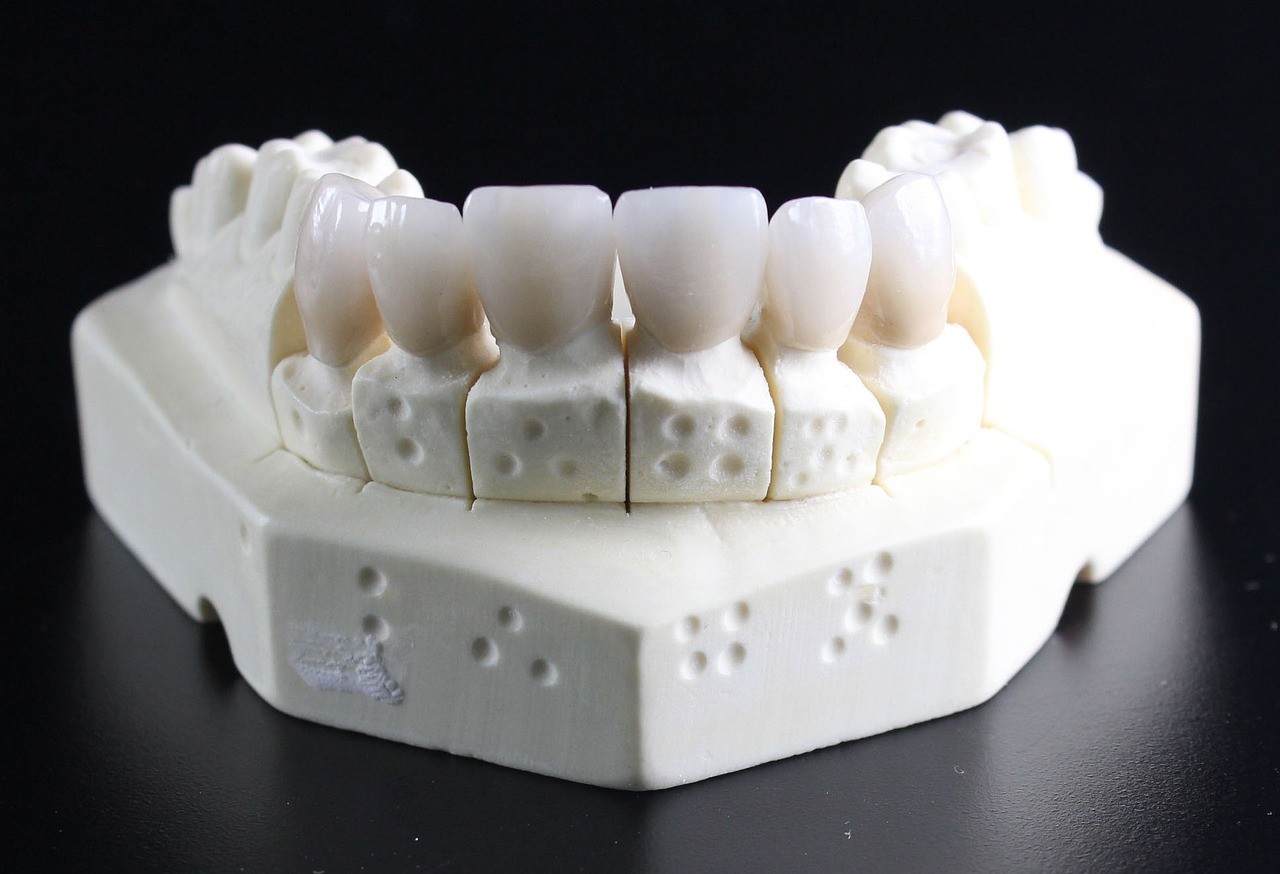
December 1, 2024, 10:13 am
The Rise of 3D Printing in Dentistry
3D printing, also known as additive manufacturing, involves creating three-dimensional objects layer by layer using digital designs. In dentistry, this technology has found applications in producing a wide range of devices, including:
- Clear aligners.
- Crowns and bridges.
- Dental implants.
- Dentures.
- Orthodontic models and retainers.
- Surgical guides for implantology and maxillofacial surgery.
Traditionally, producing dental devices required labor-intensive techniques involving physical molds, wax-ups, and outsourcing to dental labs. With 3D printing, dental practices and laboratories can create these devices in-house with unparalleled precision and efficiency.
Benefits of 3D Printing in Dentistry
1. Reduced Turnaround Times
One of the most significant advantages of in-house 3D printing is the speed at which dental devices can be produced.
- Traditional Workflow: Sending impressions to a lab and waiting for the fabrication of devices can take days or weeks.
- 3D Printing Workflow: With a digital scan and a 3D printer, dental professionals can produce devices in hours, sometimes even during the same appointment.
This accelerated process benefits both the practice and the patient, enabling faster treatments and less time spent waiting for devices.
2. Enhanced Customization
Every patient’s oral anatomy is unique, and 3D printing excels at delivering highly customized solutions:
- Clear Aligners: Each aligner can be tailored to fit the patient’s teeth perfectly, ensuring comfort and effectiveness.
- Dental Implants and Crowns: Precise modeling ensures a perfect fit, reducing the need for adjustments.
- Orthodontic Appliances: Complex designs for retainers and splints can be produced with precision.
Customization improves patient satisfaction and reduces the need for repeated fittings or remakes.
3. Cost Efficiency
While the initial investment in 3D printing technology may seem significant, it quickly pays off:
- Lower Production Costs: Materials used for 3D printing, such as resins and polymers, are often more affordable than traditional materials.
- Reduced Outsourcing: In-house production eliminates the need for external labs, saving money on shipping and fabrication fees.
- Streamlined Workflow: Automating parts of the production process reduces labor costs.
For patients, these cost savings can translate to more affordable treatments.
4. Improved Accuracy and Quality
The digital nature of 3D printing ensures consistent and precise results:
- Digital Scans: High-resolution intraoral scanners capture minute details of the patient’s anatomy.
- Advanced Software: CAD/CAM (computer-aided design and manufacturing) software allows for meticulous design and error reduction.
This level of precision minimizes the risk of misfits and enhances the durability of devices.
5. Sustainability
3D printing can also support eco-friendly practices in dentistry:
- Material Efficiency: Additive manufacturing uses only the material needed, reducing waste compared to traditional subtractive methods.
- Digital Workflows: Eliminating physical molds and impressions reduces reliance on disposable materials.
Applications of 3D Printing in Dentistry
1. Clear Aligners
The orthodontic industry has been revolutionized by 3D printing. Companies like Invisalign have pioneered digitally designed aligners, and now many practices are adopting the technology to produce aligners in-house. This allows for quicker production and better control over treatment plans.
2. Crowns and Bridges
With 3D printing, dentists can design and fabricate crowns and bridges chairside. This reduces the number of visits needed for restorative procedures and enhances the patient experience.
3. Surgical Guides
Accurate surgical guides are essential for successful dental implant placement. 3D printing enables the production of customized guides that improve precision and safety during procedures.
4. Dentures and Partials
3D printing simplifies the process of creating dentures, making it faster and more affordable. Custom-fit dentures can be printed directly from digital impressions.
5. Orthodontic Models and Retainers
Orthodontists use 3D printing to produce highly accurate models for treatment planning, as well as retainers for post-treatment maintenance.
The Role of Digital Dentistry
The success of 3D printing in dentistry is closely tied to advances in digital dentistry, particularly intraoral scanning and CAD/CAM systems.
- Intraoral Scanners: These devices capture detailed digital impressions of the teeth, eliminating the need for physical molds.
- CAD/CAM Software: Dentists use this software to design dental devices with precision, which are then printed using 3D printers.
The seamless integration of these technologies enables a fully digital workflow, improving efficiency and accuracy.
Challenges in Adopting 3D Printing
While 3D printing offers numerous benefits, there are challenges to consider:
- Initial Investment: High-quality 3D printers, software, and training can be costly.
- Learning Curve: Dental professionals and staff need to learn how to operate the technology effectively.
- Material Limitations: While material options are expanding, not all are suitable for every application.
- Regulations: Some jurisdictions have strict regulations regarding the production of medical devices, which may impact the use of 3D-printed devices.
Despite these challenges, the rapid pace of innovation is making 3D printing more accessible to dental practices of all sizes.
The Future of 3D Printing in Dentistry
As technology continues to advance, the capabilities of 3D printing in dentistry will expand. Future trends include:
- Bioprinting: Research into biocompatible materials may lead to 3D-printed tissues and even teeth.
- Automation: Integration with AI could further streamline workflows and improve precision.
- Expanded Material Options: Development of new resins and polymers will increase the range of applications.
3D printing is poised to become an indispensable tool in dentistry, driving innovation and improving patient care.
